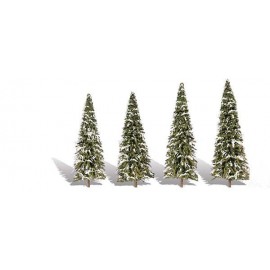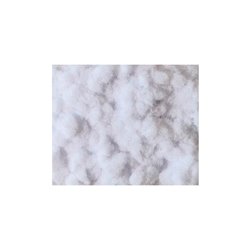Mainline Railways was a British model railway brand that operated between 1976 and 1983, introduced by Palitoy, the...
No products
Product successfully added to your shopping cart
There are 0 items in your cart. There is 1 item in your cart.
Search Tips
Open on Good Friday
The shop will be open on Friday 18th April.
Bring us some chocolate!
How to create a winter scene
Create your scene as you would do normally and add some snow.
You can get trees that have snow already on them or you can make your own by adding a small amount of PVA glue to the foliage and some white powdered pigment this will create a great effect of snow.
For ground cover there is snow scatter available, this can also be used to create snow drifts.
For icicles on buildings try using and old plastic sprue from a kit that contained glass part such as the canopy of an aircraft, gently heat the sprue and when it starts to melt, pull the sprue in both directions and you will see the plastic start to thin out. Leave to cool and then cut off. This should give you the perfect icicle. Repeat the process until you have the desired amount. Be sure to heat the sprue in a well-ventilated area as the melted sprue will give off noxious fumes; also be careful not to burn yourself on either the heat source or the melted plastic.
Another method to create icicles is to use realistic water: pour a very small amount of realistic water on to a tray to create the shape of an icicle leave overnight to cure then remove from tray and attach.
For roof top snow use PVA glue and white powdered pigmen or scatter.
Click here to receive the tips weekly in your mailbox. You can unsubscribe at any time.










